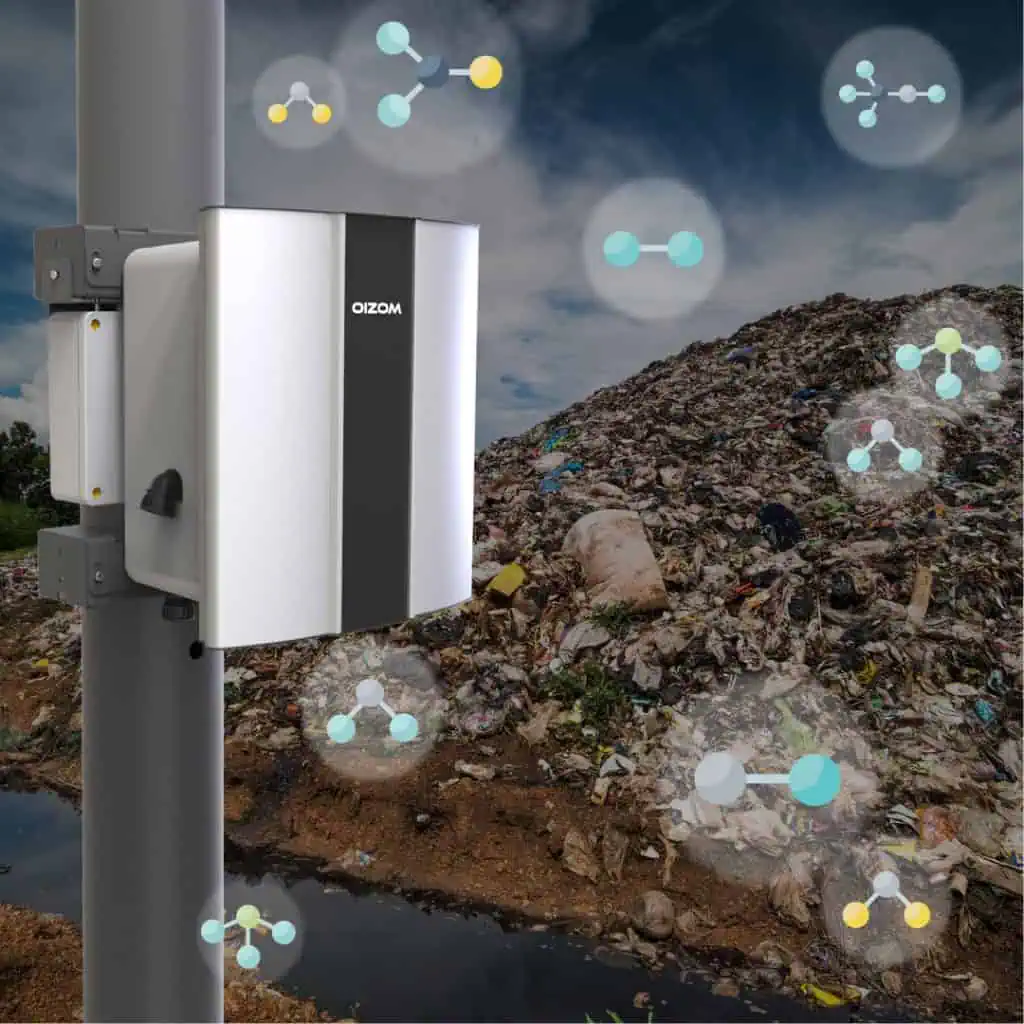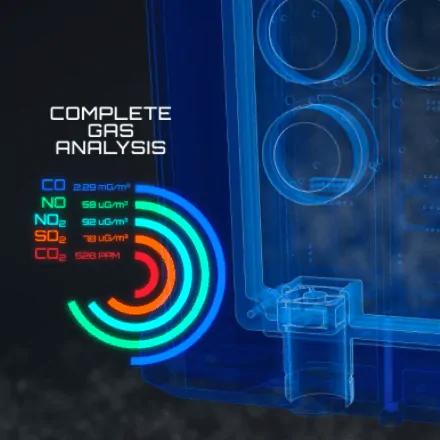Complete guide to Odour Monitoring

Complete guide to Odour Monitoring
Written By : Kruti Davda & Vrushank Vyas
Published On April, 2023
×
Download Whitepaper
This white paper discusses the impact of odors on human health and well-being and details various methods for measuring odors.
- Odors are caused by volatile organic and inorganic compounds that stimulate olfactory receptors in the nose. Although odor sensitivity varies from person to person, odorous compounds can negatively impact human health and well-being at high concentrations. Some odors are pleasant, and others can be unpleasant and even cause health problems like headaches, nausea, and respiratory irritation.
- There are five factors that determine the development of odor nuisance, known as FIDOL factors: Frequency, Intensity, Duration, Offensiveness, and Location.
- Several methods for measuring odors include olfactory analysis, chemical analysis, and sensor technology. Olfactory analysis uses human assessors to smell and judge the intensity and character of an odor. Chemical analysis uses instruments to measure the composition of an odor. Sensor technology uses electronic sensors to detect and measure odor levels.
- Odor thresholds are the lowest concentration of an odorant in the air that a human being can detect. There are different types of odor thresholds, including odor detection threshold (ODT) and odor recognition threshold (ORT).
- Odor units are used to quantify odors. Three main odor units exist: the American and Australian Odor Unit (OU), the European Odor Unit (OUE/m3), and Oizom’s Odor Unit (OU). Each unit is determined using a slightly different method, but all serve the purpose of expressing odor strength in a measurable way.
- Odor monitoring systems are vital in maintaining air quality, ensuring compliance with regulations, and fostering positive relationships between industries and communities. As technology continues to advance, odor monitoring systems are becoming increasingly sophisticated, offering valuable data for industries around the world.
- By implementing these systems, businesses can proactively manage odor emissions, stay ahead of regulatory requirements, and contribute to creating healthier and more enjoyable living environments.




